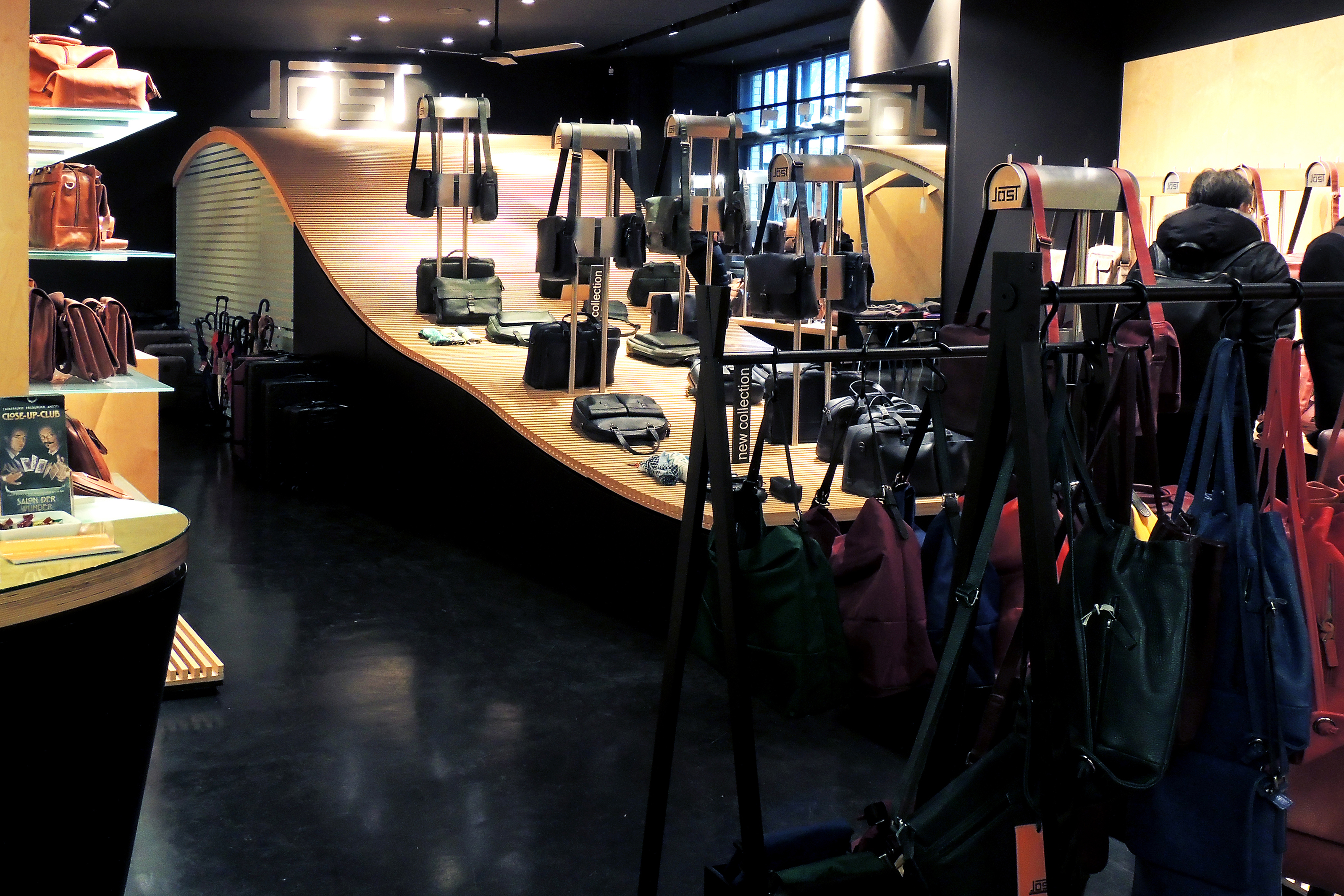
The fast fashion industry tends to keep secrets. It delivers hundreds of new designs and trends each year, and these fashion surprises are fiercely guarded until it is the right time to release them. Industry giants are spending millions of dollars to cultivate effective PR campaigns which they hope will leave a long-lasting impact on budding fashion lovers and consumers, in search of the ‘next big’ trend.
This is precisely why fast fashion has managed to create a strong following amongst the public. It can create a powerful buzz, which in turn influences followers, by recreating on-trend styles.
Years ago, runway favourites were mainly stocked by high-end fashion retailers, and even then the turn-around time meant it could take weeks or months to make these designs available to the public. Bridge brands and luxury designers are now also recognising that the consumers’ desire for fast fashion is no longer solely based on low, value pricing. Thanks to fast-fashion, consumers now have access to runway trends and look-alike designer goods in real time. Shoppers can hit JC Penney, GAP, and H&M in their locality and buy hot-off-the-press designs quickly and at great prices.
In recent years, it has become easier than ever to purchase the hottest trends, and fast fashion has been instrumental to this changing environment. Many fashion enthusiasts revel in their favourite garments being offered in their size and delivered at their convenience without worrying about availability. And as a result, there has been a shift towards consumers becoming more fashion-conscious as trend-led looks become increasingly desired.
“Fast fashion is a thing now because production processes are accelerated in a way that would have been hard to imagine a few decades ago”
Designers often deal with various outlet brokers with a more relaxed approach to quality control. Fashionistas now happily come out of stores with big smiles on their faces and bursting shopping bags not realizing that they’ve just invested in a lower-quality patterned pants and cardigans in the name of discounts. The 2015 Balmain x H&M collection is a clear example of this high-low compromise, where a haute couture designer collaborates with a value retailer to provide these cutting-edge designs at the expense of a lower-quality finish.
Fast fashion is a thing now because production processes are accelerated in a way that would have been hard to imagine a few decades ago. In 2018, new catwalk trends are able to be produced and delivered to stores in several days.
H&M and Zara were said to be among the very first fast fashion retailers. Following its launch in Spain in the 1970s, Zara expanded to the US in the ‘90s and declared it would only take 15 days for a clothing design to go from concept to completion. The formula proved so successful that now the 15-day mark seems to have been reduced to two to three days. And fashionistas are loving it!
“It was easier to follow trends when the fashion world mainly had two launch seasons”
This reflects the growing consumer desire for speed and value within retail. Instead of waiting for new seasonal collections, consumers can get their hands on a continuous cycle of trend-led clothing, all year round. It was easier to follow trends when the fashion world mainly had two launch seasons: the Spring/Summer and the Autumn/Winter. Fast forward to 2014, and things took another turn when fast fashion came into play. Currently, this industry is launching more than 50 ‘micro-seasons’ every year.
In her book Overdressed: The Shockingly High Cost of Cheap Fashion, the writer, Elizabeth Cline, states the real goal of fast-fashion merchandising. She unveils how keeping prices lower than market level is one of the most successful strategies followed by some fast fashion brands. They are then able to run a value retail business based on high volume and low quality.
Cline’s books also give insight into high-street retailers such as Zara, Forever21 and H&M. According to her research, the Spanish retailer Zara leads the fast-fashion trend and restocks their stores twice a week with re-created styles. On the other hand, both Forever21 and H&M apparently receive a daily shipment of hundreds of new styles.
With looks and trends changing every week, the consumers’ fashion calendar is becoming outdated in a matter of days. It’s no longer enough to update your wardrobe every season. For zealous fashion enthusiasts it can become downright monotonous to repeat their wardrobe choices after one-time wear, and high-low fashion trends enables the everyday mavericks to be on top of their game.
And it’s because of fast-fashion. Perhaps, this is why the trendiest style enthusiasts are more likely to compromise on the quality of the clothing, as well as where they are buying it from, to purchase the garments they desire. They go off-road and enjoy visiting outlets like Marshall’s and TJ Maxx to get their hands on the most famous brands for unbeatable prices.
“Attempting to stay on top of the cutting edge fashion revolution can be financially devastating and emotionally exhausting”
The fashion industry is one of the most significant and influential sectors, and it us celebrities to bring attention to all that is on offer. Whether it’s the Kardashian-Jenner’s obsession with Fashion Nova clothing or the Duchess of Cambridge and her Zara clothing, rest assured that it is all manufactured to create hype and hysteria among the masses. And so far, this move is paying off spectacularly for the brands.
However, the sheer pressure of keeping up with the latest offerings could be emotionally, as well as financially, overwhelming for consumers. With clothing and accessories trends changing and evolving on a weekly basis, keeping up with fast fashion is becoming more of a burden. Attempting to stay on top of the cutting edge fashion revolution, let alone the sheer volume of choices available every week, can be financially devastating and emotionally exhausting. The word ‘fashion’ is no longer interchangeable with ‘style’. It has evolved beyond a symbol of unique existence or to express modernity, with an even increasing focus on branding.
As consumers we can expect for fast-fashion trends to grow stronger with time. While fashion enthusiasts continue to pursue their love for finding the hottest clothing and accessories online as well as in-store, fast-fashion isn’t going anywhere.









